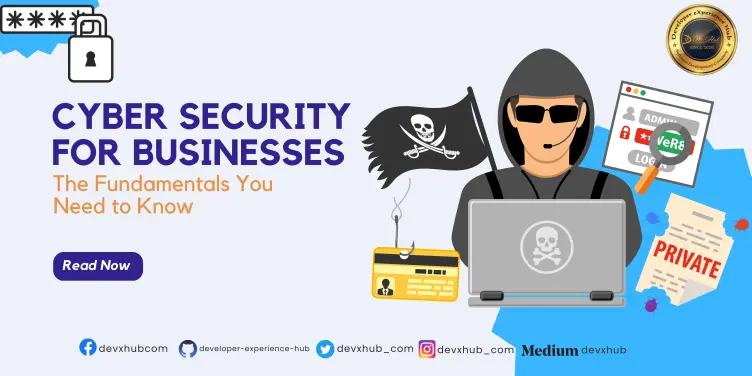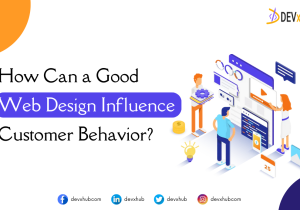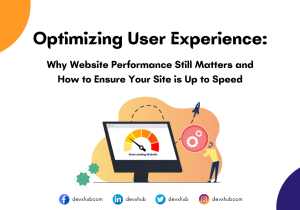Blog - Cybersecurity for Businesses
As technology continues to evolve and become more integrated into our daily lives, the importance of cybersecurity has become increasingly apparent. This is especially true for businesses, as they deal with sensitive information and data on a daily basis. Cybersecurity is a critical aspect of any business strategy, and in this article, we will explore the fundamentals of cybersecurity for businesses.
Understand the Threats
The first step in developing a cybersecurity strategy is to understand the threats that your business may face. These threats can come in many forms, including malware, phishing, hacking, and social engineering. By understanding the different types of threats, you can better prepare your business to prevent and respond to them.
Develop a Security Plan
Once you have a good understanding of the threats your business faces, it’s time to develop a security plan. This plan should outline the measures you will take to protect your business from these threats, including the use of antivirus software, firewalls, and other security measures. It should also include policies and procedures for employee access to sensitive information and data.
Educate Your Employees
Your employees are your first line of defense against cyber threats. It’s essential to educate them on the importance of cybersecurity and how to identify and respond to potential threats. This includes training on how to identify phishing emails and how to create strong passwords.
Keep Software Up-to-Date
Software vulnerabilities are a common target for cyberattackers. Keeping your software up-to-date is critical in preventing these attacks. This includes operating systems, antivirus software, and any other applications used in your business. You should also regularly check for software updates and security patches.
Implement Access Controls
Access controls are an essential part of any cybersecurity strategy. This includes the use of passwords, two-factor authentication, and other measures to limit access to sensitive information and data. It’s also essential to regularly review access permissions to ensure that employees only have access to the information they need to do their job.
Back-Up Your Data
Data backups are critical in the event of a cybersecurity breach or other disaster. Regularly backing up your data ensures that you can quickly recover any lost information in the event of an attack. It’s essential to store backups in a secure location and regularly test your backup procedures to ensure they are working correctly.
Monitor Your Networks
Regularly monitoring your networks can help you identify potential threats before they become problems. This includes monitoring for unusual activity, such as a spike in network traffic, and monitoring for unauthorized access attempts. You should also regularly review logs and other records to identify any potential security issues.
Use Encryption
Encryption is a powerful tool for protecting sensitive data. It works by encoding data in a way that makes it unreadable without the appropriate key. Implementing encryption for data in transit (e.g., emails) and data at rest (e.g., stored files) can help prevent unauthorized access to sensitive information.
Conduct Regular Security Audits
Regular security audits are critical in identifying potential vulnerabilities in your systems and processes. These audits should include a review of your security policies and procedures, as well as an assessment of your networks and systems. It’s important to conduct these audits on a regular basis to ensure that your cybersecurity strategy remains effective over time.
Have an Incident Response Plan
No matter how strong your cybersecurity strategy is, it’s always possible that your business could experience a security breach. That’s why it’s essential to have an incident response plan in place. This plan should outline the steps you will take in the event of a breach, including who will be responsible for what tasks and how you will communicate with stakeholders.
Stay Up-to-Date on Best Practices
Cybersecurity is an ever-evolving field, and new threats and best practices are constantly emerging. Staying up-to-date on the latest trends and best practices is critical in ensuring that your cybersecurity strategy remains effective. This may involve attending conferences and training sessions, reading industry publications, and networking with other cybersecurity professionals.
Consider Cyber Insurance
Cyber insurance is a type of insurance policy that can help protect your business from the financial consequences of a cybersecurity breach. This can include coverage for legal fees, data recovery costs, and other expenses associated with a breach. While cyber insurance is not a replacement for a strong cybersecurity strategy, it can provide an added layer of protection for your business.
Conclusion
Cybersecurity is an essential part of any business strategy. By understanding the threats your business faces, developing a security plan, educating your employees, keeping your software up-to-date, implementing access controls, backing up your data, and monitoring your networks, you can better protect your business from cyber threats. It’s important to remember that cybersecurity is an ongoing process that requires regular review and updates to ensure that your business stays secure.
Related Posts
Categories
- App Development (2)
- Design (2)
- DEVxHUB (30)
- Digital Marketing (2)
- Guide (24)
- It Bangladesh (1)
- Logo design (1)
- Operating system (1)
- Personal Improvement (14)
- Planning (4)
- Project management (3)
- Social media (2)
- Software Development (5)
- Software Quality Assurance (8)
- Startups (1)
- Team work (1)
- UI UX (1)
- Web Development (6)
Main Tags
- 2024
- Android
- app development
- bangladesh
- content writing
- design
- devxhub
- Digital marketing
- Guide
- IOS
- It
- logo design
- Operating system
- Personal Improvement
- planning
- project management
- social media
- Software Development
- Software Quality Assurance
- software testing
- software testing types
- Startups
- Success
- team
- UI UX
- UI UX design
- VR
- Web Development















